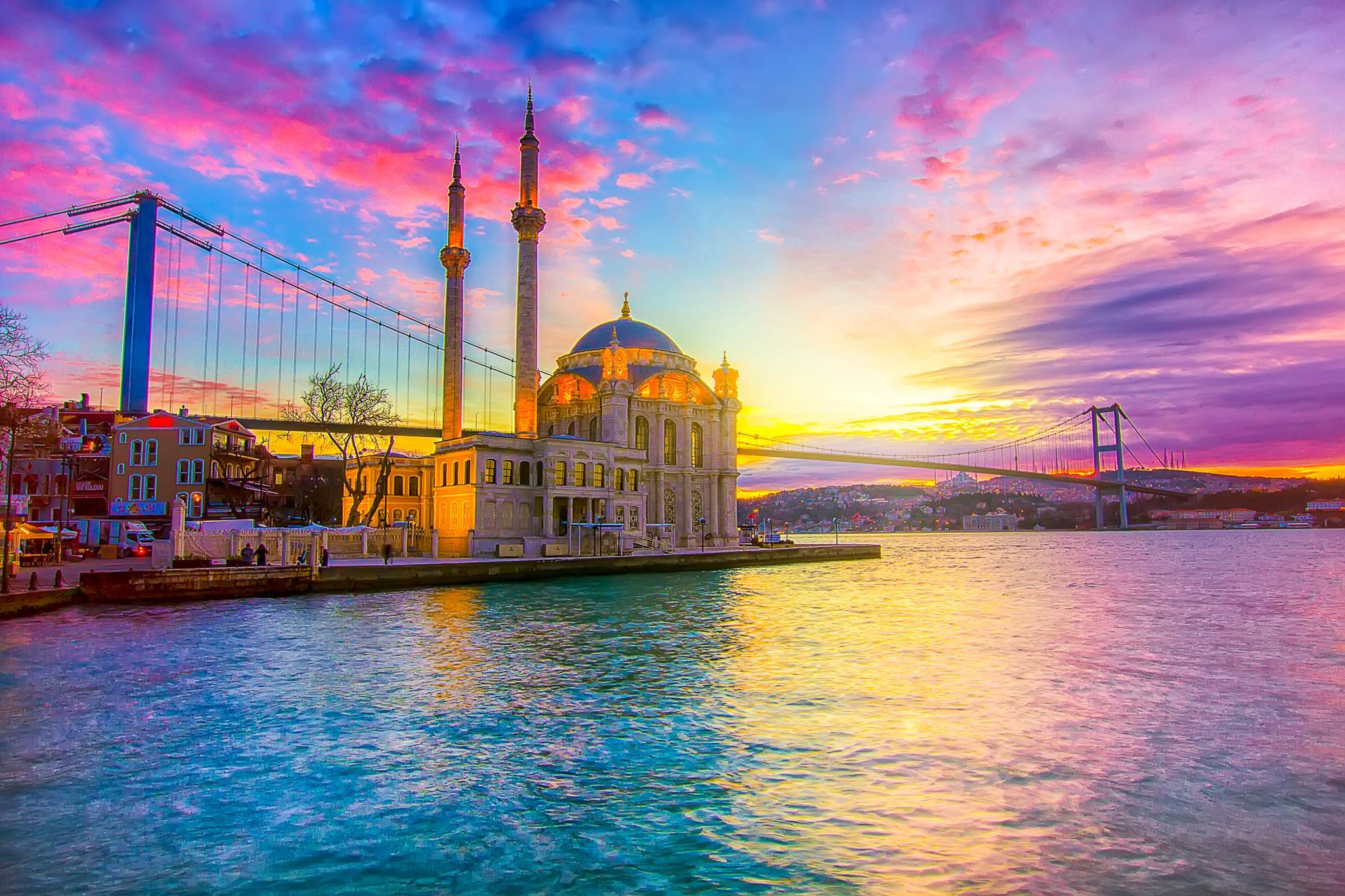By all appearances, Prague is a fairytale city: spired churches piercing the sky like a stylistic overindulgence, creamy façades topped with red-tiled roofs, and cobbled lanes that twist like a Charles Dickens subplot. But beneath the gothic glamour and Baroque bravado lies a gustatory landscape so rich and comforting you’ll consider trading your return ticket home for another helping of svíčková.
Yes, dear reader—welcome to Prague’s food scene, where dumplings are a lifestyle, beer is literally cheaper than water, and tradition isn’t just a history lesson—it’s a three-course meal.
Feast Like a Bohemian: Must-Try Czech Dishes
Next up: vepřo knedlo zelo (roast pork with dumplings and sauerkraut). This is the Holy Trinity of Czech cuisine—comforting, carb-heavy, and unapologetically old-school. Add a frothy pour of Pilsner Urquell (served only slightly chilled, as god intended), and you’re halfway to honorary citizenship.
Let’s begin with a classic: svíčková na smetaně. This marinated beef sirloin swims in a dreamy root veg and cream sauce, typically crowned with a dollop of whipped cream and cranberry sauce. If this sounds like dessert broke into your entrée, you’re catching on. The Czech Republic doesn't like to play by the usual savory-sweet rules, and we love them for it.
Don't skip smažený sýr—basically deep-fried cheese served with tartar sauce. Every local has eaten it at least once after a late night out, and now, so will you.
Looking for dessert? Trdelník is the sugary chimney-shaped pastry gracing every tourist’s Instagram feed. Locals may roll their eyes at its ubiquity and queue-happy fans, but look, if you’re going to fall for a sweet lie, it might as well be cinnamon-sugared.
Where to Eat Like a Local (And Not Get Tourist-Trapped)
Pro tip: venture beyond Old Town if you want the real deal without the markup price. In neighborhoods like Žižkov or Karlín, you’ll find Prague’s younger culinary pulse. Lokál (multiple locations), for example, delivers traditional Czech cuisine elevated just enough to feel both authentic and Instagrammable.
For no-frills dishes served with working-class charm, try U Černého Vola, an old-school pub near Prague Castle with wood-paneled walls and tank Pilsner fresher than your morning coffee. Speaking of beer, let’s address the (amber) elephant in the room...
Beer: The Liquid National Treasure
In Prague, beer isn’t a beverage—it’s a civic pride. The Czechs drink more beer per capita than any nation on Earth, and honestly, once you taste a fresh pour of unpasteurized Pilsner, you’ll understand. Head to beer temples like U Fleků (operating since 1499!) or visit newer microbreweries like Vinohradský Pivovar, where hops and creativity ferment side by side.
Hungry on the Go? Explore Prague’s Food Markets
If you’re the grazing type—or simply need to balance beer with something that isn’t liquid carbs—the city’s food markets won’t disappoint.
Try the Náplavka Farmers Market along the Vltava River on Saturdays for fresh produce, artisan cheeses, grilled sausages, and enough whiffs of mulled wine to make you reconsider sobriety. During winter, the Prague Christmas Markets turn food gawking into a full seasonal sport, complete with klobása-filled buns and roasted chestnuts.
Cooking Up Culture: Culinary Classes and Gastrotours
Or, opt for a guided food tour through Prague’s neighborhoods—try Eating Prague Food Tours for curated bites and stories that transform meals into memories.
Because while Prague’s spires are magnificent, it’s the dumplings that’ll keep you warm at night.
Want to do more than eat? Learn to cook your own Czech legend at local culinary workshops. Places like Chefparade Cooking School will guide you through making traditional dishes the way grandma might—if she had a Michelin star.
Planning Your Foodie Trip to Prague?
If you’re salivating by now (no shame in that), start plotting your culinary tour de force through the Czech capital. Visit the official Prague Tourism website for travel tips, dining recommendations, and calendar events: https://www.prague.eu/en
So, dear traveler, come for the castles and go for the calories. Because while the Astronomical Clock provides the time, it’s Prague’s cuisine that tells its true story—rich, warm, and best served with a pint of something golden.
Ready to eat your way through Prague? Pack pants with some stretch—and maybe leave that “low-carb” plan back at home. You’re gonna need the room.
FAQs About Prague’s Food Scene
How much does a meal cost in Prague?
A hearty traditional meal at a mid-range restaurant can cost between 200–400 CZK ($9–$17 USD). Budget travelers can feast well at local pubs for even less, especially outside the tourist-heavy Old Town.
Is it safe to drink tap water in Prague?
Yes, the tap water in Prague is clean, safe, and perfectly drinkable. But if you're craving something truly Czech, you'd be forgiven for reaching for a beer instead.
What's the best beer to try in Prague?
Try the classic Pilsner Urquell for a taste of Czech beer history. For adventurous palates, explore microbreweries like Matuška or Vinohradský Pivovar for IPAs and seasonal brews.
What food is Prague famous for?
Prague is most famous for traditional Czech dishes such as svíčková (marinated sirloin), vepřo knedlo zelo (roast pork with dumplings and sauerkraut), and smažený sýr (fried cheese). These hearty, comforting meals define the local culinary experience.
Where can I try authentic Czech cuisine in Prague?
Authentic Czech cuisine can be found at traditional pubs like U Fleků and U Černého Vola, as well as modern yet faithful restaurants like Lokál, which has several locations across the city.
Is Prague good for vegetarians or vegans?
While traditional Czech food is meat-heavy, Prague has seen a boom in vegetarian and vegan-friendly restaurants, particularly in neighborhoods like Vinohrady and Letná. Look for spots like Moment Café and Lehka Hlava (Clear Head) for delicious plant-based options.

















































































































































